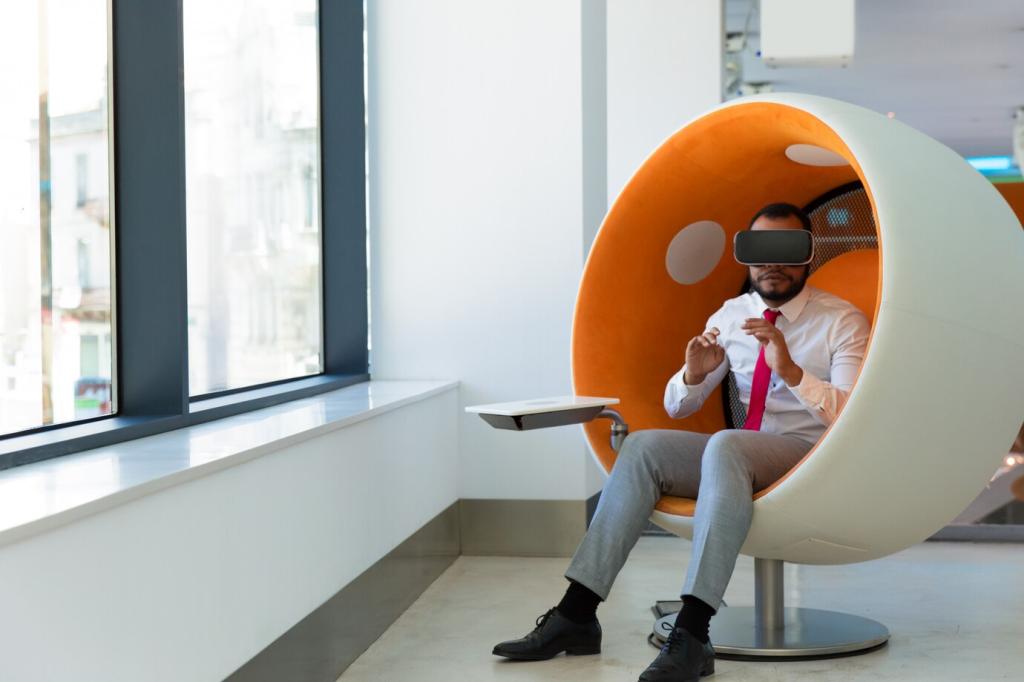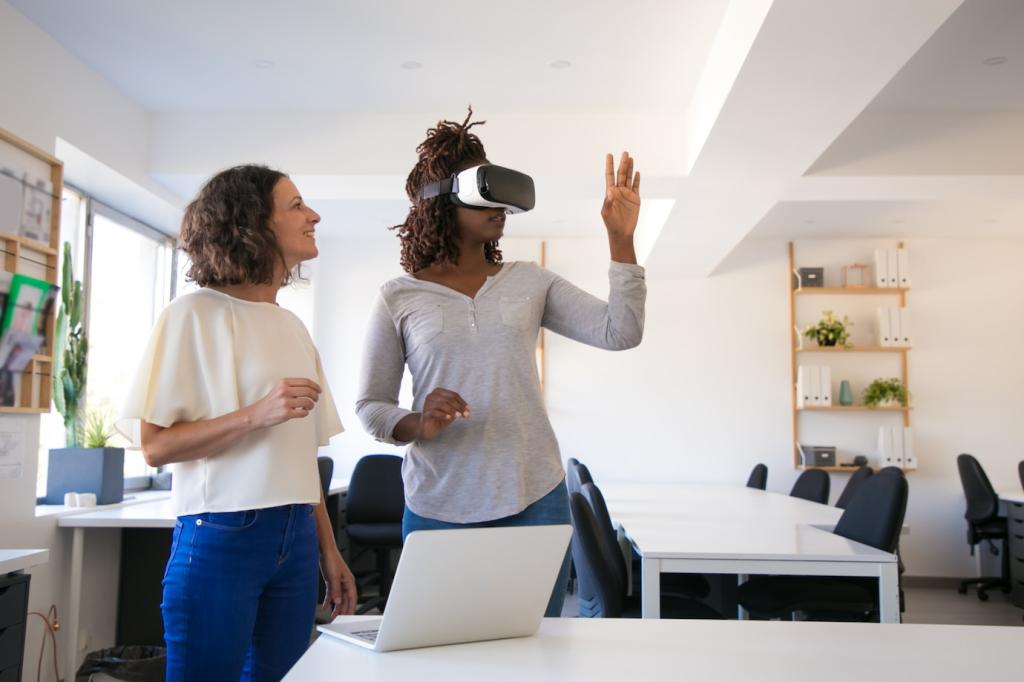Virtual reality is revolutionizing the educational landscape by offering immersive and interactive experiences that go beyond traditional methods. By integrating cutting-edge technology, VR can transport learners into lifelike environments, making learning more memorable and engaging. This approach not only sparks curiosity but also supports different learning styles, opening new possibilities for teachers and students alike. As VR becomes increasingly accessible, it holds the potential to transform how knowledge is delivered, practiced, and retained, empowering learners to connect with, explore, and master complex subjects.
Simulated Real-World Experiences
Through VR, students can participate in simulated real-world environments, such as historical events, scientific laboratories, or distant ecosystems. These simulated experiences provide direct interaction with content that would otherwise be impossible or impractical to access. For example, learners can conduct dangerous experiments safely, or walk through ancient cities, making abstract concepts tangible and engaging. Such immersive opportunities deeply root knowledge, improve recall, and foster an authentic sense of curiosity.
Increased Motivation and Participation
Traditional learning often struggles to maintain students’ interest and motivation. VR changes this dynamic by making lessons engaging and participatory. When students are actively involved—solving problems, navigating environments, or completing interactive challenges—they are more motivated to learn. This technology also accommodates various learning styles, ensuring that visual, auditory, and kinesthetic learners all find something compelling, which in turn leads to higher classroom participation and persistence.
Breaking Down Complex Concepts
Subjects like physics, biology, and mathematics can be challenging to visualize or fully grasp through static images and text. VR allows students to observe processes up close and manipulate variables to see outcomes in real time. For instance, visualizing molecular structures in three dimensions or observing the forces at play in a physics simulation can demystify otherwise difficult concepts. This hands-on approach helps solidify understanding and enables students to experiment in safe, reproducible environments.
Previous slide
Next slide


Previous slide
Next slide
Facilitating Collaborative and Social Learning
Interactive Group Projects
Within virtual reality settings, students can collaborate on group projects as if they were in the same physical space. They can construct models, solve puzzles, or complete missions together, requiring coordination and shared decision-making. This sense of presence and cooperation not only mirrors real-world work environments but also makes learning more engaging. Collaborative experiences in VR enhance peer-to-peer learning and nurture a strong sense of camaraderie.
Cross-Cultural Communication
VR’s global reach enables students from diverse backgrounds to work and learn together, transcending physical and cultural boundaries. By participating in foreign language exchanges or international science projects, students enhance communication skills and foster mutual understanding. These cross-cultural interactions encourage empathy, reduce stereotypes, and prepare young people for a globally connected world.
Real-Time Feedback and Social Cues
Unlike text-based remote learning, VR environments can replicate nuances of face-to-face interactions, including gestures, expressions, and tone. Teachers and peers can provide immediate feedback, discuss problems in real time, and adapt lessons according to group progress. This immediacy helps students stay connected, engaged, and motivated, leading to more effective and responsive learning outcomes.
